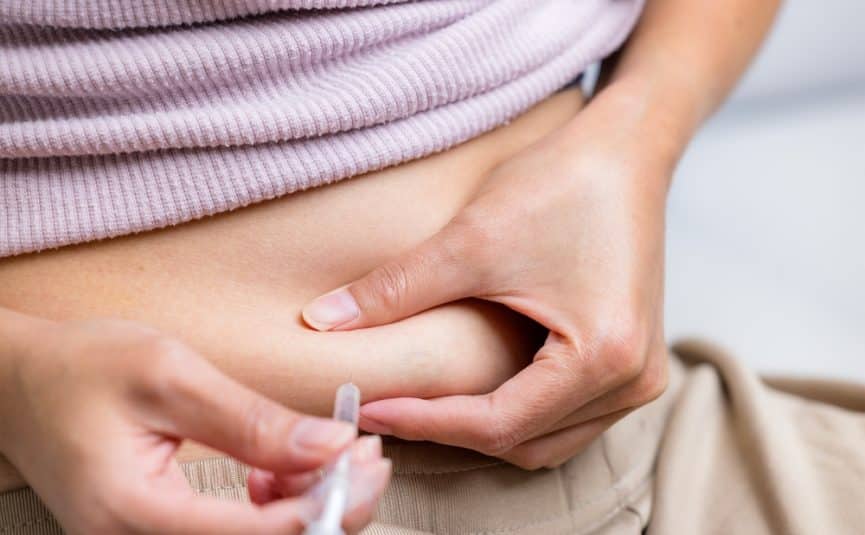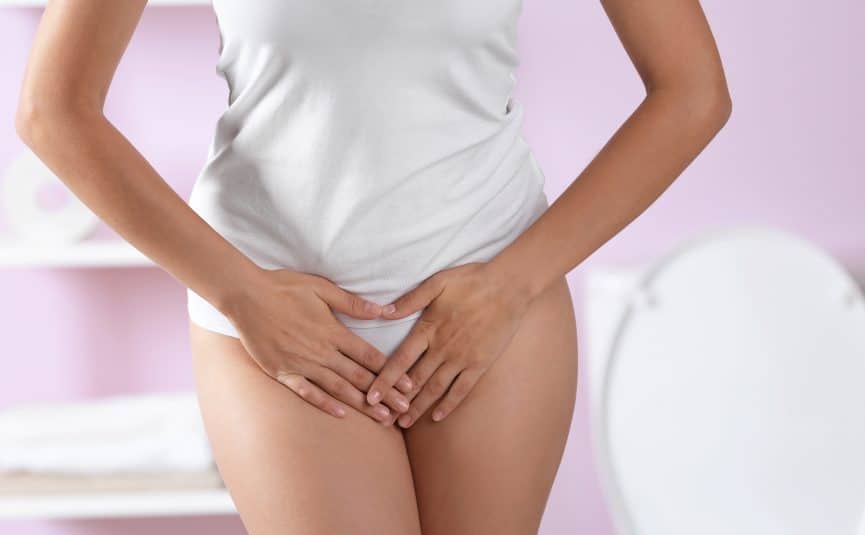East Melbourne VIC 3002
Vulvar Lichen Sclerosus in Children

Lichen sclerosus (LS) is a chronic, usually itchy, inflammatory disorder of the genital skin. It most commonly affects middle-aged and older women, but it can occur in young girls. With children, this condition usually starts between the ages of 3 and 5 years old. It appears as white, fragile skin patches that can look crinkled, or can have a shiny and smooth surface.
The cause of LS is unknown. It is more common in those with a family history of autoimmune diseases, such as thyroid diseases or vitiligo. These occur when the cells and proteins that the body uses to fight off infections start to damage the body’s own tissues and prevent their normal functions.
Lichen sclerosus is not an infection and is not contagious.
- Itching is the most common symptom. This can be severe and may disturb sleep.
- The appearance of the skin becomes pale and white. These changes may be patchy or may involve the entire vulva, even extending down to the anus.
- Some children experience soreness and burning. Small cracks in the skin (fissures) and sores (ulcers) can occur as a result of scratching; these can be very painful. If the anal skin is split, there can be pain with bowel movements. Therefore, constipation is a common problem in children with LS.
- Small purplish/reddish areas may be seen on the white background. These are bruises due to tiny areas of bleeding into the skin, often because of scratching.
- There may be scarring. This can result in loss of normal vulvar tissue, especially the inner lips, or shrinkage of the vulvar areas.
- It does not involve the vagina.
How is LS diagnosed?
Health care providers familiar with the condition may diagnose it by examining the skin and seeing the characteristic appearance. The diagnosis can be confirmed by taking a small piece of skin to be studied microscopically. This is called a biopsy. It is rare to need to biopsy children as the appearance of the skin is usually diagnostic.

There is not a cure for LS, but the symptoms can be managed extremely well. Through the use of strong topical steroid ointments, the appearance and texture of the vulvar skin can improve. However, if there is already scarring, these changes may not be reversed. Appropriate treatment should prevent development of further inflammation and scarring.
The most effective treatment for LS is a very strong steroid ointment, such as Clobetasol. This can be safely used in the genital area for this condition. Dr Kliman will instruct you on how to use your treatment. In general, a pea-sized amount of the ointment is sufficient to treat the vulvar skin. Treatment should not be stopped unless advised by Dr Kliman, as LS can recur off of treatment. In addition to the strong steroid ointments, many patients find that simple moisturisers such as vaseline can provide extra relief.
It is important to realise that the treatment in children should essentially be the same as in adults. It is crucial to avoid resorption of tissue and fusion of skin in children as these changes can be permanent. Therefore maintenance therapy is essential.
All skin irritation should be avoided, as irritation will increase LS. Any infections from yeast or bacteria must be treated. It is preferable to gently clean the vulva using only one’s fingertips and warm water over the skin surface. Some women prefer rinsing with a saline solution (a quarter of a teaspoon of salt dissolved in a cup of water).
The disease usually improves in the teenage years, but some teens continue to have symptom and need prolonged follow-up. Fortunately, it will not affect their future ability to have children.










